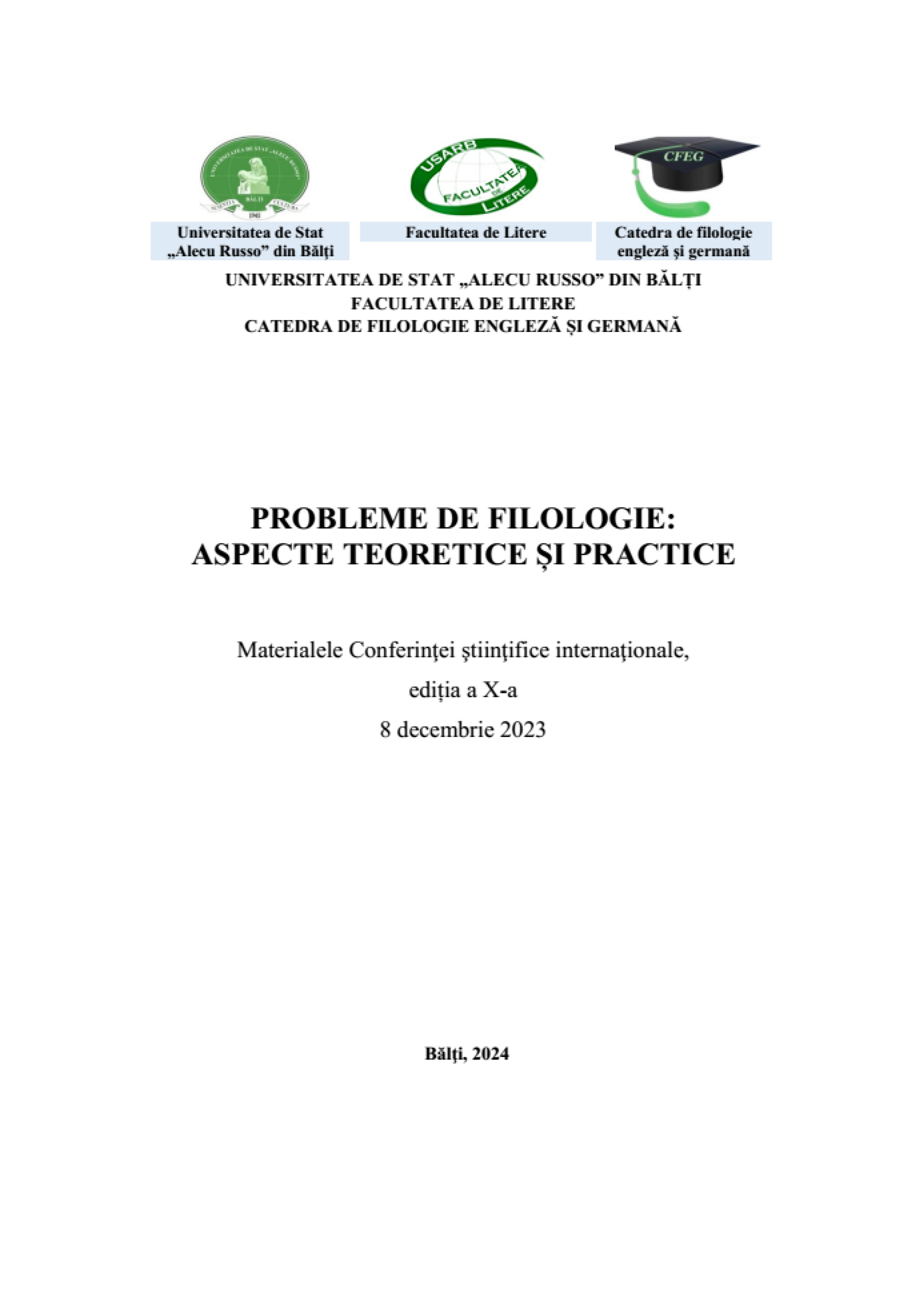USING MULTIMODALITY IN TEACHING LANGUAGE SKILLS
TO THE MODERN GENERATION
USING MULTIMODALITY IN TEACHING LANGUAGE SKILLS
TO THE MODERN GENERATION
Author(s): Elena Varzari
Subject(s): Language and Literature Studies, Literary Texts, General Reference Works
Published by: Biblioteca Ştiinţifică a Universităţii de Stat Alecu Russo
Keywords: multimodality; learning styles; EFL; digital generations; digital natives; digital immigrants
Summary/Abstract: The impact of information and communication technology (ICT) on education in thelast decades has been considerable. Undeniably, ICT continuously adds renewed interest to communication and learning. Modern educational approaches aim at teaching foreign languages (FL) by meansof effective, differentiated methods, multimodality being one of them. A number of empirical studieshave been conducted on the subject of using multimodal methods in FL teaching/ learning efficiently.Understanding how our brain works, and how people process the information best could be consideredone of the most important aspects that guarantees educational success. Moreover, the actual choice ofFL teaching methods depends not only on the level of mastery of the material, but also on the students‟age, gender, learning conditions, learning styles, as well as on the availability of resources. An essentialissue to consider, while using multimodality, is the VARK learning style model (visual, aural, read/write, and kinesthetic) developed by N. Fleming, whose questionnaire results show the learners‟ sensorymodality option in learning has a great influence on the quality of their knowledge. Multimodaliy is theblend of several modes of communication, i.e. images, music, sound, sight, print, and video that createmeaning in a text. The present article considers the option of using multimodality in teaching Englishin a FL class to the digital generation
- Page Range: 123-130
- Page Count: 8
- Publication Year: 2023
- Language: English
- Content File-PDF

